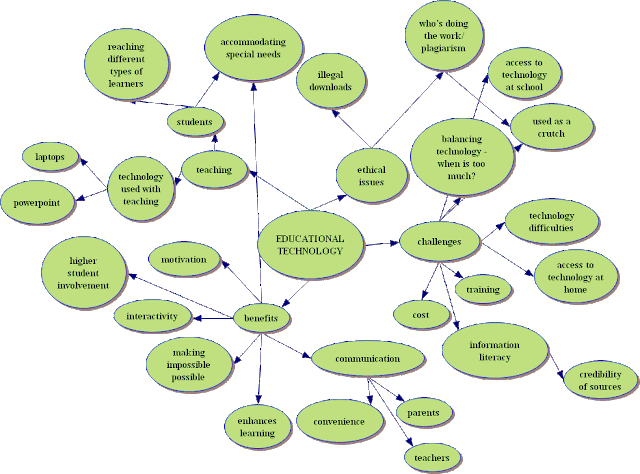In order to strengthen my confidence and proficiency in addressing the National Educational Technology Standards for Students (NETS.S) within my classroom I have developed a GAME Plan to support my proficiency in the standards. “The GAME Plan requires that you think about and take steps to direct your learning process, specifically while learning about technology and how to integrate it into the curriculum” (Cennamo, Ross & Ertmer, 2009, p. 3).
Monitoring My Progress
“As you take action to achieve your learning goals, you’ll need to monitor whether you are making sufficient progress towards your goals and reflect on whether the strategies you have chosen are working” (Cennamo, Ross & Ertmer, 2009, p. 4). In order to monitor my progress I will refer to my colleagues within our meetings, as well as reflect on my progress, by asking and journaling my responses in my blog to the following questions:
Am I finding the information I need from other resources?
What patterns are emerging from the User Agreements I have gathered from other districts?
What more information do I want?
Am I including my student’s voice in our work?
Am I including social issues in our User Agreement?
Is the User Agreement relevant?
Do I need to modify my action plan?
My blog journaling will be made available for public feedback, including my colleagues, parents within the district, my administrators, and my students. A biweekly update will include a post of the current draft of the user agreement and presentation materials upon suggestion from my principal.
My Current Progress
Currently, I have collected several user agreements from districts all across the world (thanks to my colleagues in China and Germany) and I have found that many of them are in worse shape than my own. I have also gleaned a few major points of interest that should be considered within the agreement, such as anti-cyber bullying initiatives, plagiarism outlines, and web etiquette. I still have several more to read and analyze, but I am off to a great start!
Next week I will begin the debates with my students on the user agreements and the aspects thereof. They have been working in their English classes on debate development, research, and presentation. Many of them have really become inspired by the task at hand and I am very eager to hear their perspectives and insight.
A Request for Resources
Lastly, I would like to ask if anyone within this Walden learning community would like to send me a digital copy of their school district’s technology User Agreement I would be much obliged! Additionally, any thoughts you have about the agreement and it’s function in your district or at your school would also be greatly appreciated. Thank you in advance for your support!



